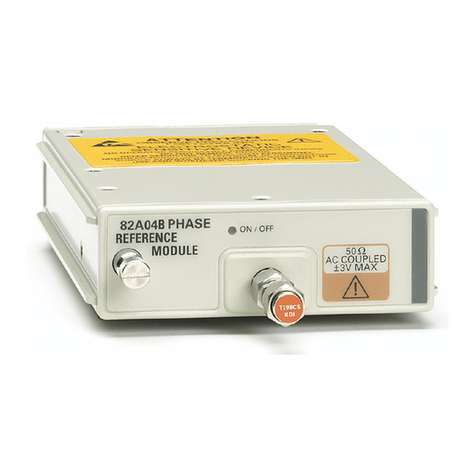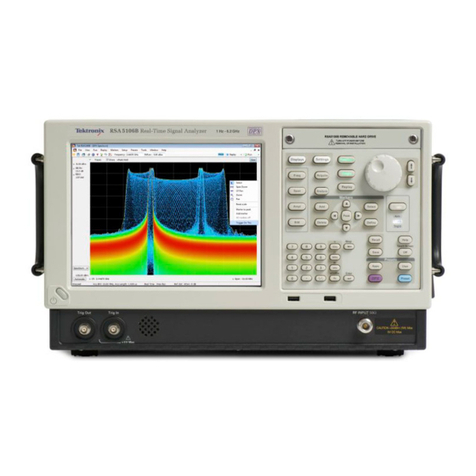Tektronix 507 User manual
Other Tektronix Test Equipment manuals

Tektronix
Tektronix TDSUSBF User manual
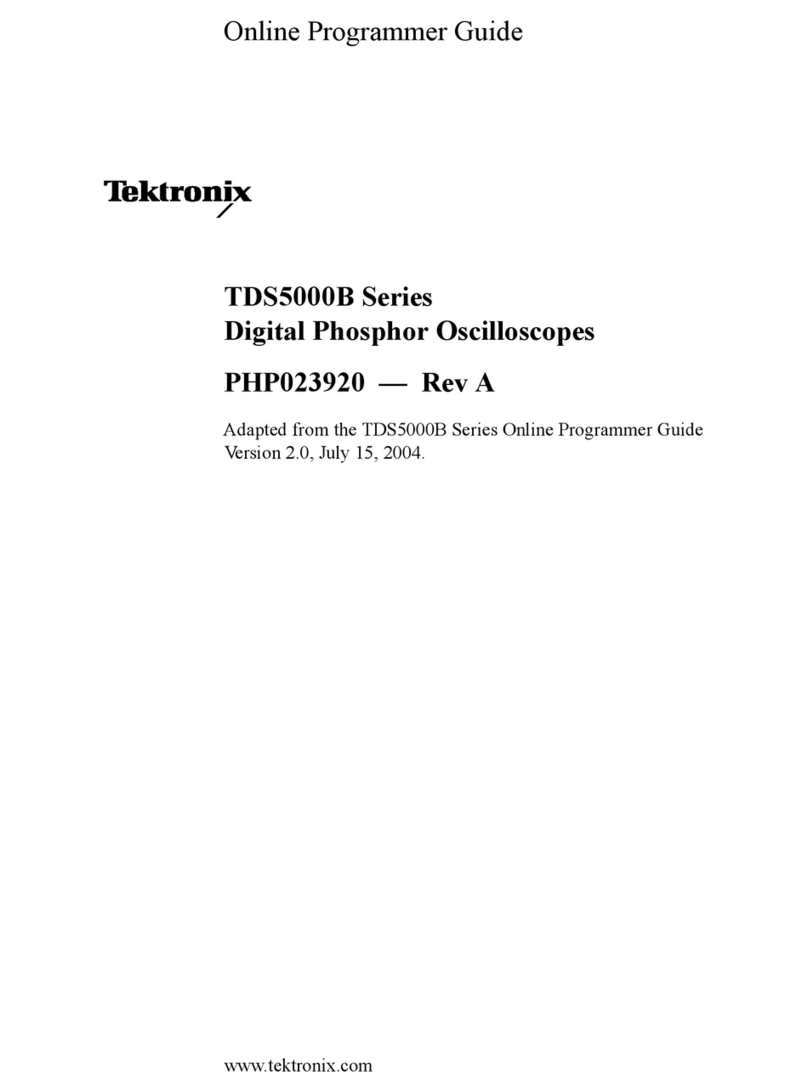
Tektronix
Tektronix TDS5000B Series User manual

Tektronix
Tektronix DS1001G User manual
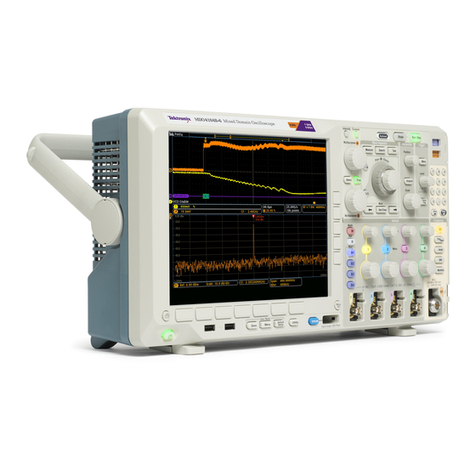
Tektronix
Tektronix MSO4000B Series Use and care manual
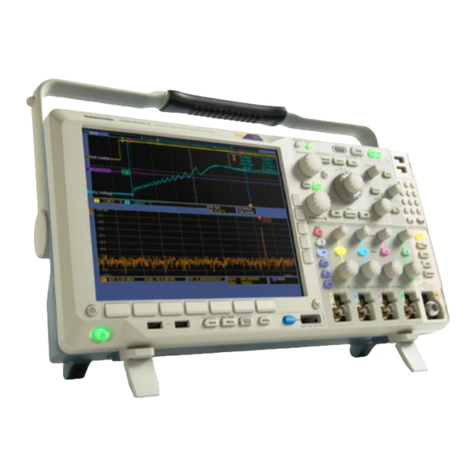
Tektronix
Tektronix MDO4104-6 User manual
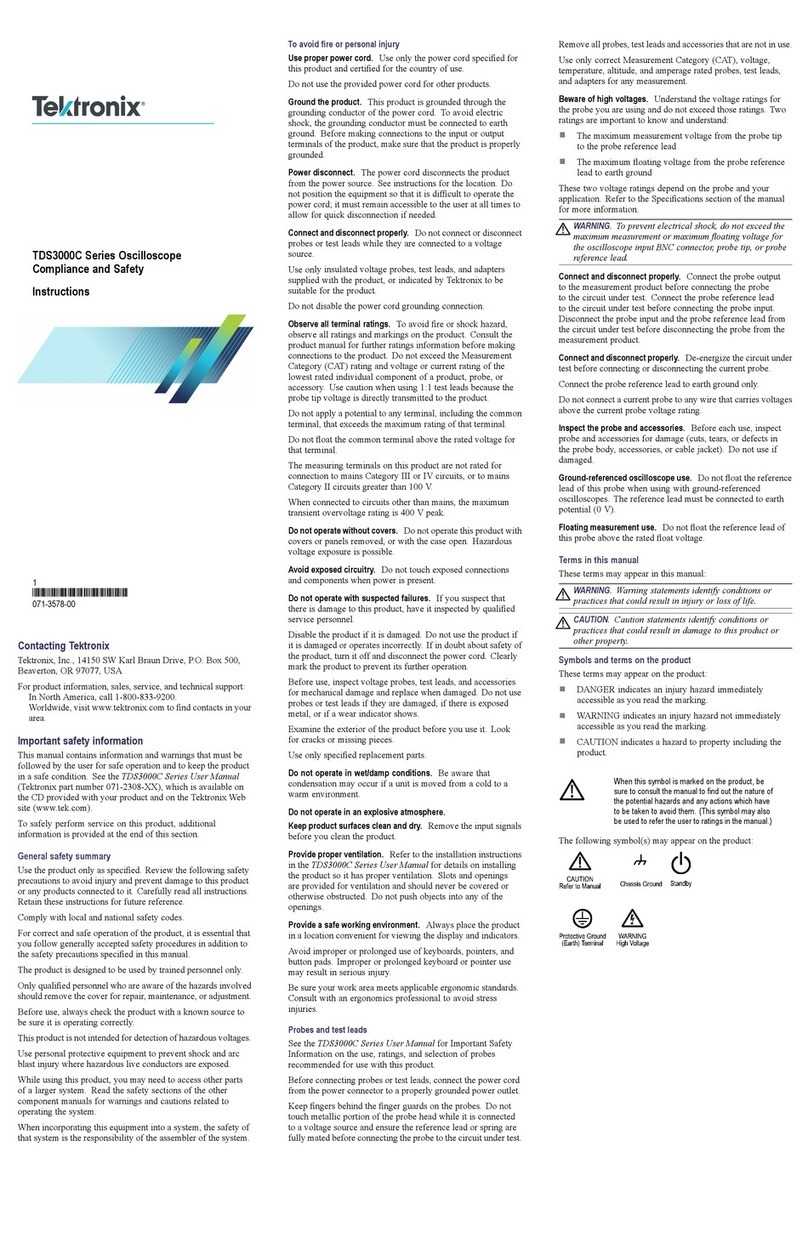
Tektronix
Tektronix TDS3000C Series Installation instructions

Tektronix
Tektronix 442 User manual

Tektronix
Tektronix TBS1000B Series User manual
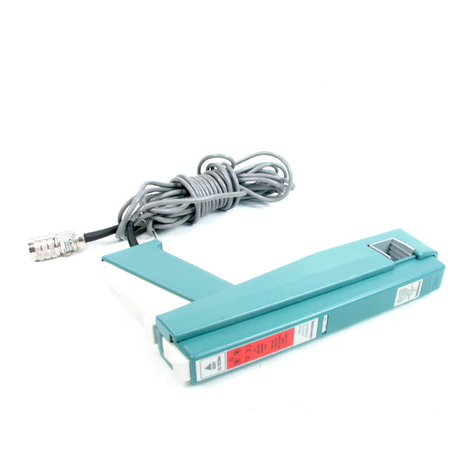
Tektronix
Tektronix A6303 User manual

Tektronix
Tektronix A605 User manual
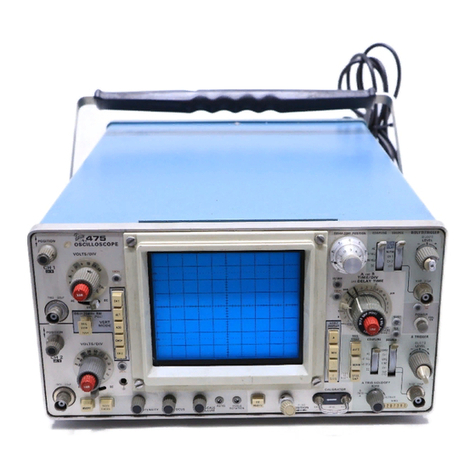
Tektronix
Tektronix 475 User manual

Tektronix
Tektronix 212 User manual
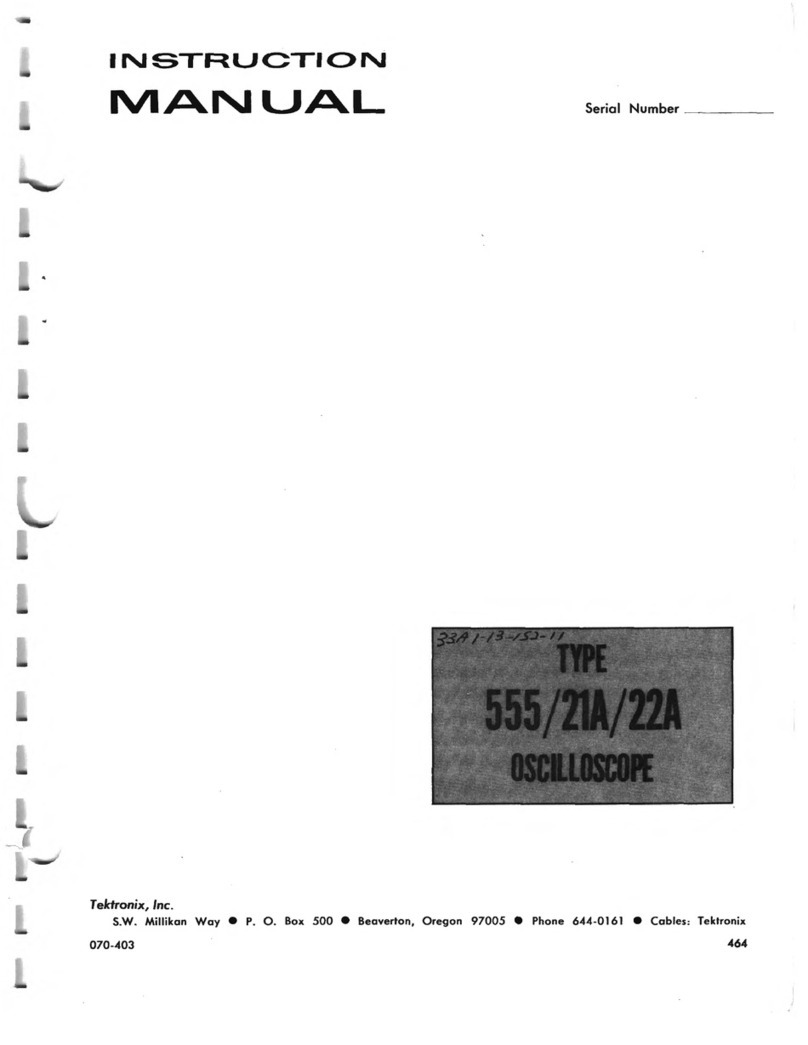
Tektronix
Tektronix 555/22A User manual

Tektronix
Tektronix TDS3000 Series Troubleshooting guide
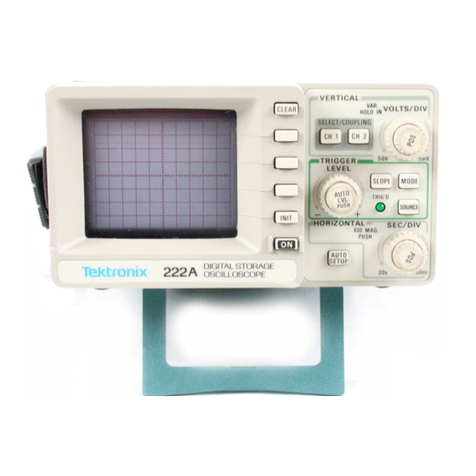
Tektronix
Tektronix 222 User manual
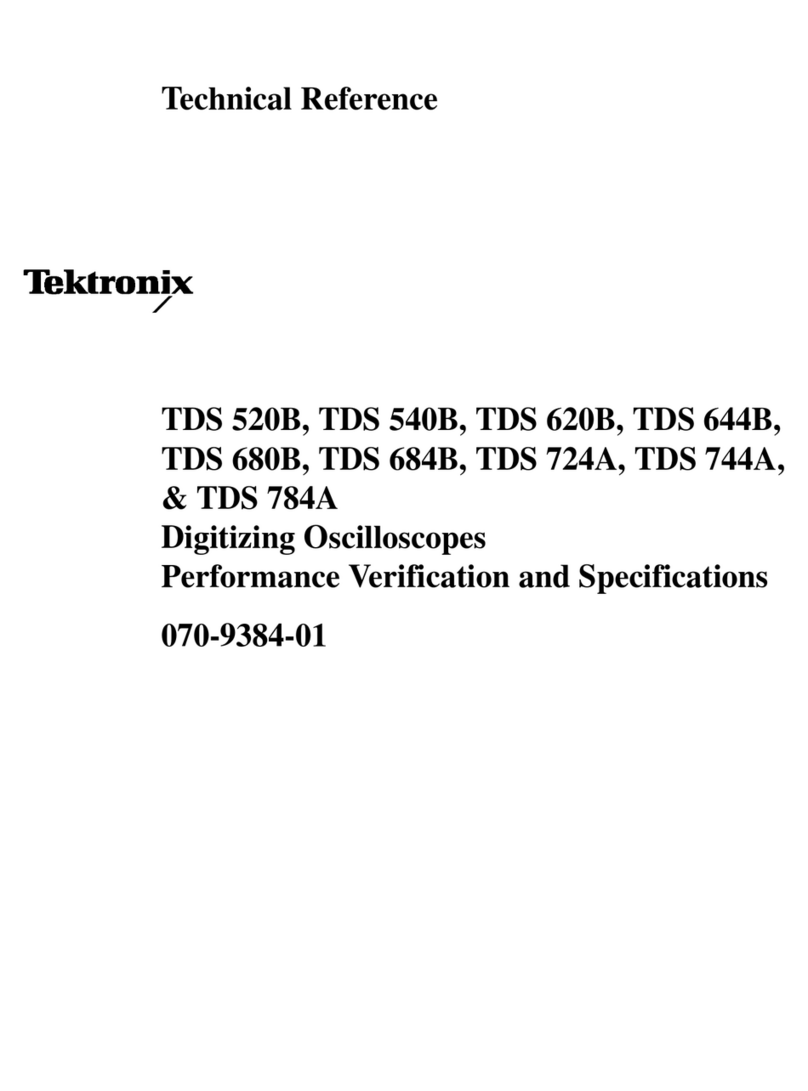
Tektronix
Tektronix TDS 520B Use and care manual
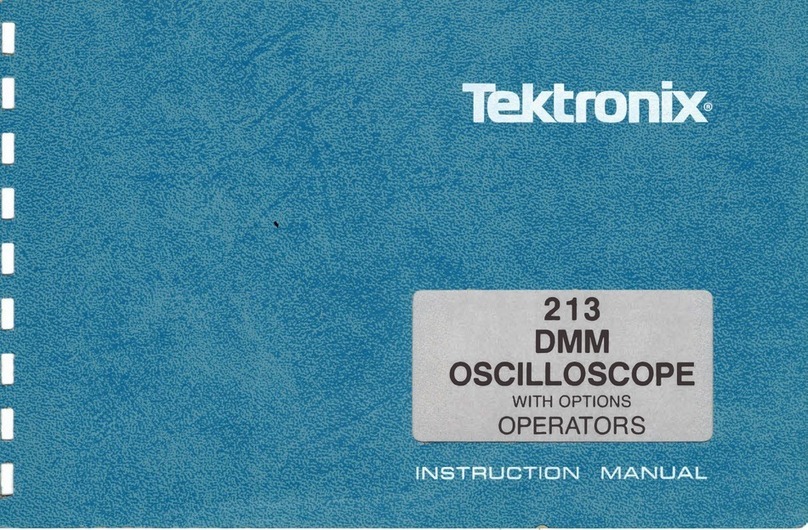
Tektronix
Tektronix 200 Series User manual

Tektronix
Tektronix TDS1000 Series User manual
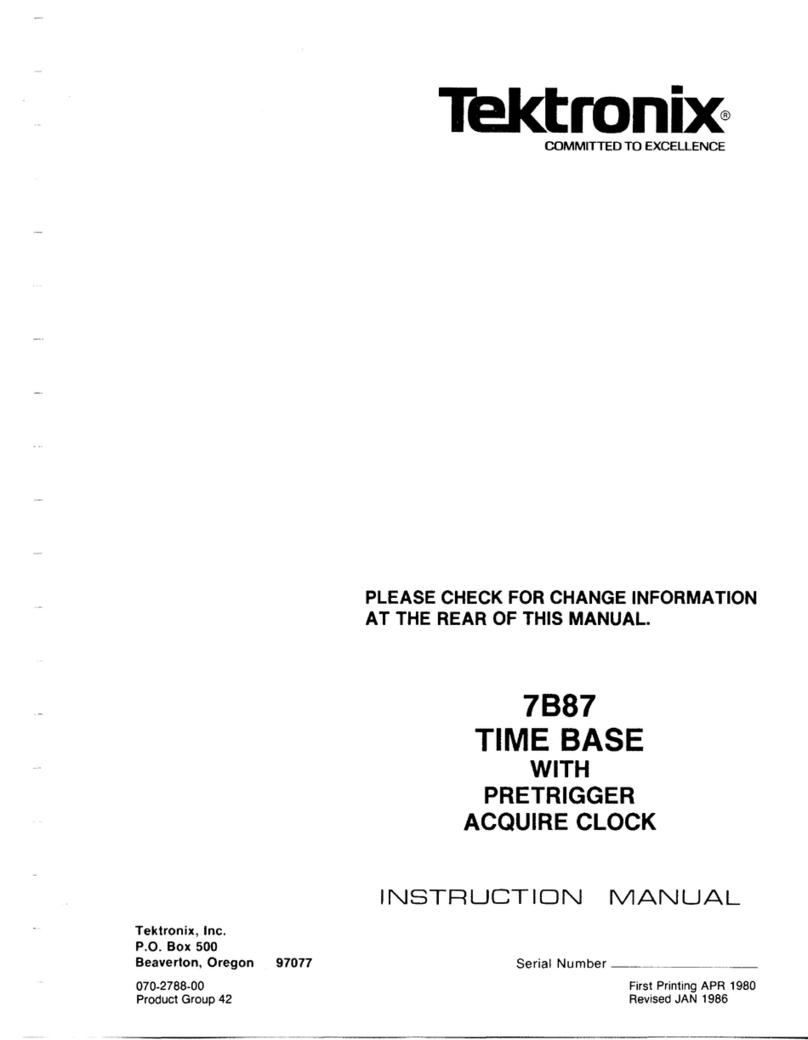
Tektronix
Tektronix 7B87 User manual
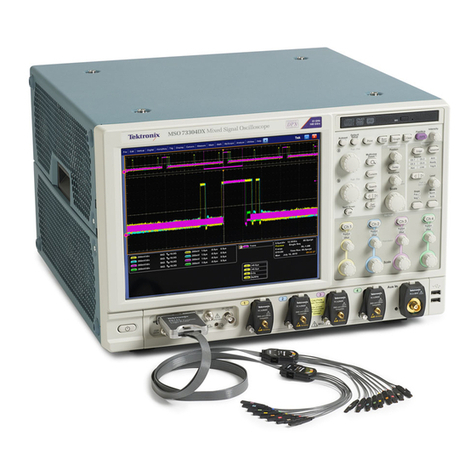
Tektronix
Tektronix DPO75902S Reference guide
Popular Test Equipment manuals by other brands

Redtech
Redtech TRAILERteck T05 user manual

Venmar
Venmar AVS Constructo 1.0 HRV user guide

Test Instrument Solutions
Test Instrument Solutions SafetyPAT operating manual

Hanna Instruments
Hanna Instruments HI 38078 instruction manual

Kistler
Kistler 5495C Series instruction manual

Waygate Technologies
Waygate Technologies DM5E Basic quick start guide

StoneL
StoneL DeviceNet CK464002A manual

Seica
Seica RAPID 220 Site preparation guide

Kingfisher
Kingfisher KI7400 Series Training manual

Kurth Electronic
Kurth Electronic CCTS-03 operating manual

SMART
SMART KANAAD SBT XTREME 3G Series user manual

Agilent Technologies
Agilent Technologies BERT Serial Getting started

